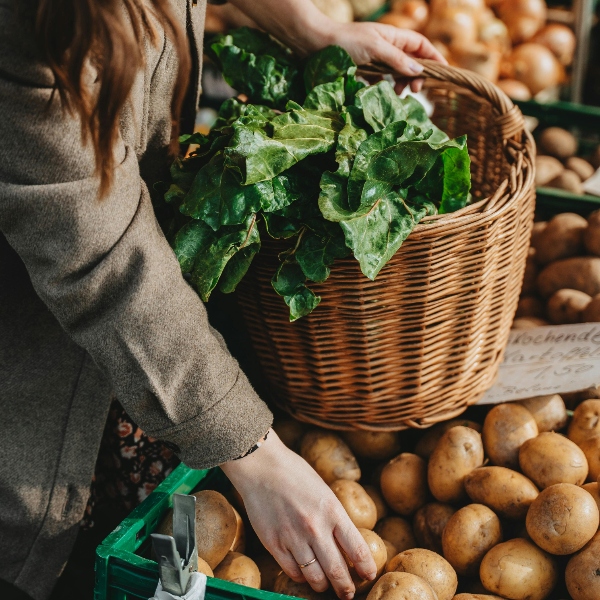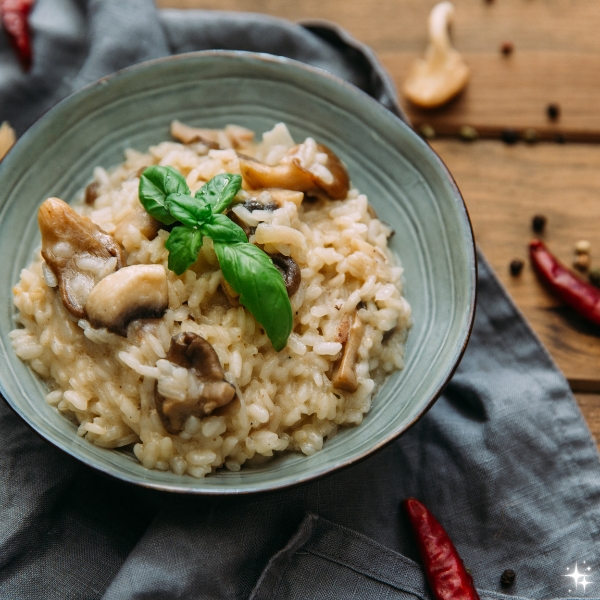How to Spend Less at the Grocery Store: Smart Tips. Grocery Shopping on a Budget? Here Are Tips to Save Big. Grocery Savings Made Easy: Tips to Stretch Your Food Budget. Genius Tips to Spend Less on Groceries Every Week.
This site contains affiliate links. For more info, please see our full disclosure.
We all know that grocery shopping can quickly add up, especially with the temptation of impulse buys and those sneaky little treats that somehow make their way into the cart. But fear not—there are plenty of strategies you can use to keep your grocery bill in check without sacrificing the quality of your meals- dinner and lunch. Let’s dive into some easy, practical tips that will help you save money every time you head to the store.
How to Spend Less at the Grocery Store
1. Make a Meal Plan
- Why it works: Planning your meals for the week ensures that you only buy what you need, reducing waste and preventing those mid-week trips to the store that always end up costing more than expected.
- How to start: Take a few minutes each week to jot down what you’ll be cooking. Then, create a shopping list based on those meals, sticking to ingredients you know you’ll use.
- Pro tip: Change up the recipes every other day while still using the same ingredients but varying the taste. The real money wasted sometimes is the excess that never gets used becuase if you use it, it might not work with your plan, whether it’s for calories or just the overall food portion.
2. Shop with a List
- Why it works: A shopping list keeps you focused and helps you avoid buying unnecessary items. It’s your best defense against impulse purchases.
- How to start: Write down everything you need before you leave the house. Stick to your list as you shop—no wandering down the snack aisle unless it’s on there!
- Pro tip: Although it is an extra charge, I found that when I order groceries online it eliminates the need for me to walk around and be tempted to look at *other things* and stick to my original plan.
3. Buy in Bulk
- Why it works: Bulk items often cost less per unit, especially for staples like rice, pasta, beans, and canned goods. Plus, buying in bulk reduces the need for frequent trips to the store.
- How to start: Identify non-perishable items you use frequently and consider buying them in larger quantities. Be mindful of storage space and expiration dates.
- Pro tip: This works for generic products like spices, sou sauce, ketchup, etc. The ones that you use a lot. But for the most part, other products, I try to buy on an “as-needed” basis. I don’t need 3 tubs of mayonnaise sitting in the pantry when I only make a sandwich maybe twice a week. When I see things sitting in the pantry for more than 2 weeks, I feel like that could’ve been cash on hand or in savings.
4. Opt for Store Brands
- Why it works: Store brands are usually just as good as name brands but cost significantly less. You’ll often find that the ingredients are nearly identical.
- How to start: Try switching out a few of your regular items for the store’s version. You might be pleasantly surprised by the quality and the savings.
- Pro tip: Only do these for things that don’t really offer much significance to you. For example, salt and sugar. At least for me, I found that there really isn’t much of a difference. However, for things like mayonnaise and peanut butter, we all know that there is a difference in quality and taste in buying the name brand versus the store brand. Know which ones to invest in.
5. Use Coupons and Apps
- Why it works: Coupons and grocery apps can save you a few dollars here and there, which adds up over time. Many stores have apps that offer exclusive discounts and reward points.
- How to start: Take a few minutes before your shopping trip to browse coupons online or in the store’s app. It’s an easy way to save without much effort.
- Pro tip: On the flip side, I actually found that when I have coupons, I tend to buy *more* of something even if there is no *real* need for it. Remember when I said earlier that things that sit in the pantry for more than 2 weeks feel like cash that should’ve been on hand or saved? Yes. This is one of those things. Use your coupons wisely.
6. Shop Seasonally (How to Spend Less at the Grocery Store)
- Why it works: Seasonal produce is often cheaper and fresher because it doesn’t have to be shipped from far away. Plus, it’s a great way to add variety to your meals.
- How to start: Learn what fruits and vegetables are in season and focus your meals around them. Not only will this save you money, but it’ll also make your meals more flavorful.
- Pro tip: Not all seasonal products are *cheap* – it just means that it’s cheaper in price compared to when it is not in season. Still, check your budget if it falls well within.
7. Avoid Pre-Packaged and Pre-Cut Items
- Why it works: Convenience comes at a cost. Pre-cut fruits, veggies, and ready-made meals are often marked up significantly compared to their whole counterparts.
- How to start: Set aside a little time to prep your own food at home. It’s an easy way to cut costs and ensure you’re getting the freshest ingredients.
- Pro tip: I do this when I have time. But if you have a busy week coming up, pre-packaged will save you money in the long run because you won’t feel overwhelmed and be tempted to buy *takeout* or just go through a fast food drive-thru because of all the prep you need to do. If something is slightly more expensive, but makes your prep time shorter and more efficient, then it is still a good buy.
8. Shop the Perimeter (How to Spend Less at the Grocery Store)
- Why it works: The perimeter of the store is where you’ll find fresh produce, meat, dairy, and bakery items—typically the healthiest and most budget-friendly options.
- How to start: Stick to the outer edges of the store, where the essentials are. Only venture into the middle aisles for specific items on your list.
- Pro tip: When you have a list, it’s easier to go straight to where your products are instead of roaming around.
9. Limit Snack and Treat Purchases
- Why it works: Snacks and treats can quickly add up, both in cost and in calories. Limiting these purchases not only helps your wallet but also encourages healthier eating habits.
- How to start: Allow yourself one or two treats per shopping trip, but keep the focus on whole foods that will keep you fuller for longer.
- Pro tip: Include snacks and treats into your meal plan. I found that researching snacks and treats online before heading to the grocery saves me time and money because I know exactly what I will be reaching for instead of staying in the *treats* aisle and looking at overwhelming options.
10. Pay Attention to Unit Prices
- Why it works: Unit prices (usually listed on the shelf label) tell you how much an item costs per ounce, pound, or other unit of measurement. This helps you compare brands and sizes to find the best deal.
- How to start: Get in the habit of checking unit prices, especially for items that come in various sizes or brands. Often, the larger size is the better deal, but not always.
- Pro tip: Know how your storage and usage work at home. For example, buying potatoes in bulk might seem cheaper than buying them individually. However, you also know that you only need 4 potatoes. There’s no point in getting that big bag and taking up space. Remember, your kitchen space and prep time will also cost you- maybe not monetary, but mentally and physically.
How to Spend Less at the Grocery Store
Spending less at the grocery store doesn’t mean giving up the foods you love—it’s all about being smart with your choices. By planning ahead, sticking to your list, and making a few savvy swaps, you can keep more money in your pocket while still enjoying delicious, healthy meals.
Wrapping Up
To spend less at the grocery store, consider implementing a solid meal plan that aligns with your budget, helping you save money on unnecessary purchases. By comparing prices and utilizing rewards credit cards, you can maximize your savings while grocery shopping. Additionally, keeping an eye on your credit score is essential for securing favorable rates on debt consolidation loans or personal loans if needed. Don’t forget about money market accounts and savings accounts that can help you grow your savings over time. If you’re a small business owner, exploring cash flow strategies could further reduce your grocery bill.
Life insurance and insurance reviews may not seem directly related, but they can help you manage your overall personal finance strategy. Lastly, using a balance transfer credit card can assist in managing expenses without accruing high interest rates. By making these conscious choices, you can enjoy healthy food options while effectively managing your finances!










